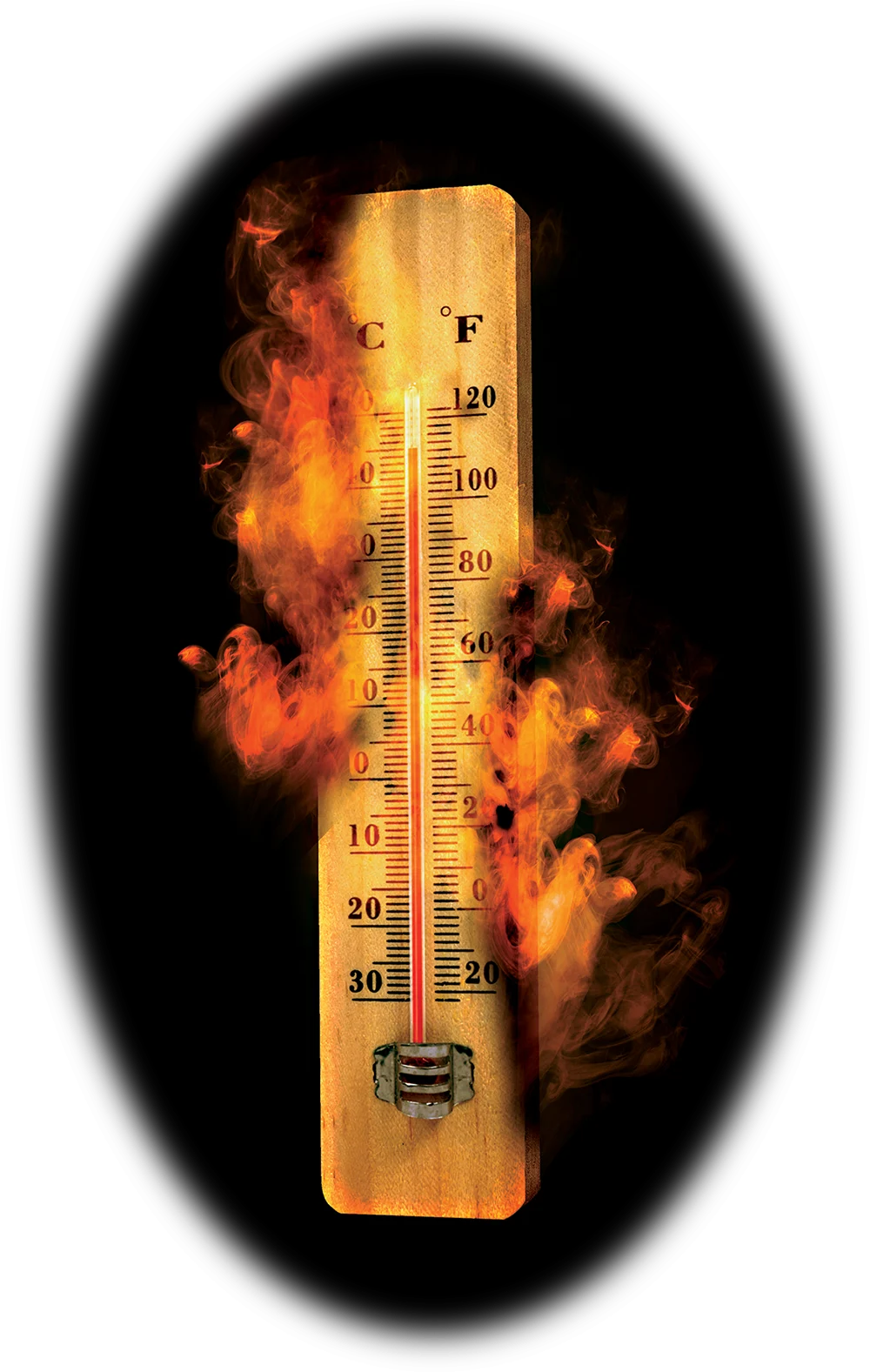


It doesn’t matter if you have an air-cooled or water-cooled car, motorcycle or boat, it can overheat. And when it does, how do you know and what do you do?
There are many different ways to tell if you are running hot. The first and easiest is if the dash gauge for the temperature goes out of the green and into red. Another symptom is it feels like the engine is losing power. Maybe after you shut it off it doesn’t want to start until it cools down. And one other way might be an unusually large amount of steam out of the exhaust.
Troubleshooting and finding the problem can be difficult. A few of the more common issues include the water pump impeller being bad, the engine raw water strainers are plugged, or maybe the grills or grates where the water is pulled into the cooling system are blocked or plugged.
The cooling system keeps the oil temperature down so the oil can lubricate the internal parts of the engine. Overheating ruins the lubrication and the metal parts start melting and sticking together. Or they just break apart with a big bang. Either way it’s not a good thing.
That said, if the engine cools down, restart and if it heats right back up, you should probably get a tow to shore. This will probably be cheaper than a new engine.
There are times when things are working but it is just really hot and the engine seems to be heating up. More than likely your cooling system needs work, but it isn’t in complete failure.
Some people believe they can open the engine compartment or remove the engine cover and it allows more air to help cool the engine. Yes, it can help, but that doesn’t fix the problem. The engine should not overheat in the engine compartment. The boat is designed to operate with the cowling covering the engine. If you have an inboard/outboard engine, make sure the engine area has a lot of room around it (that’s why opening the engine cover can help, but it should not be necessary). Also, running the blowers might help; blowers will remove some of the hot air from the engine compartment.
Unfortunately there is not one great solution. Best thing is to do regular maintenance on the cooling systems and to make sure the strainers and systems are clean and flushed regularly. Check the cooling hoses and fittings to make sure they do not leak or the hoses are stiff and brittle. Tighten any loose clamps and replace the corroded ones.
Another important thing is to make sure you have the correct oil in the engine to manage the hot temperatures. Oil is the “life blood” of an engine.
Finally, STOP when it starts to run hot and let it cool down slowly. I can tell you from first-hand experience, when a hose breaks on an aluminum V12 Jaguar engine, the engine overheats fast! In my case it dropped steel valve seats out of the heads and jammed, bending the valves….oops… Then you need to call for a tow.

